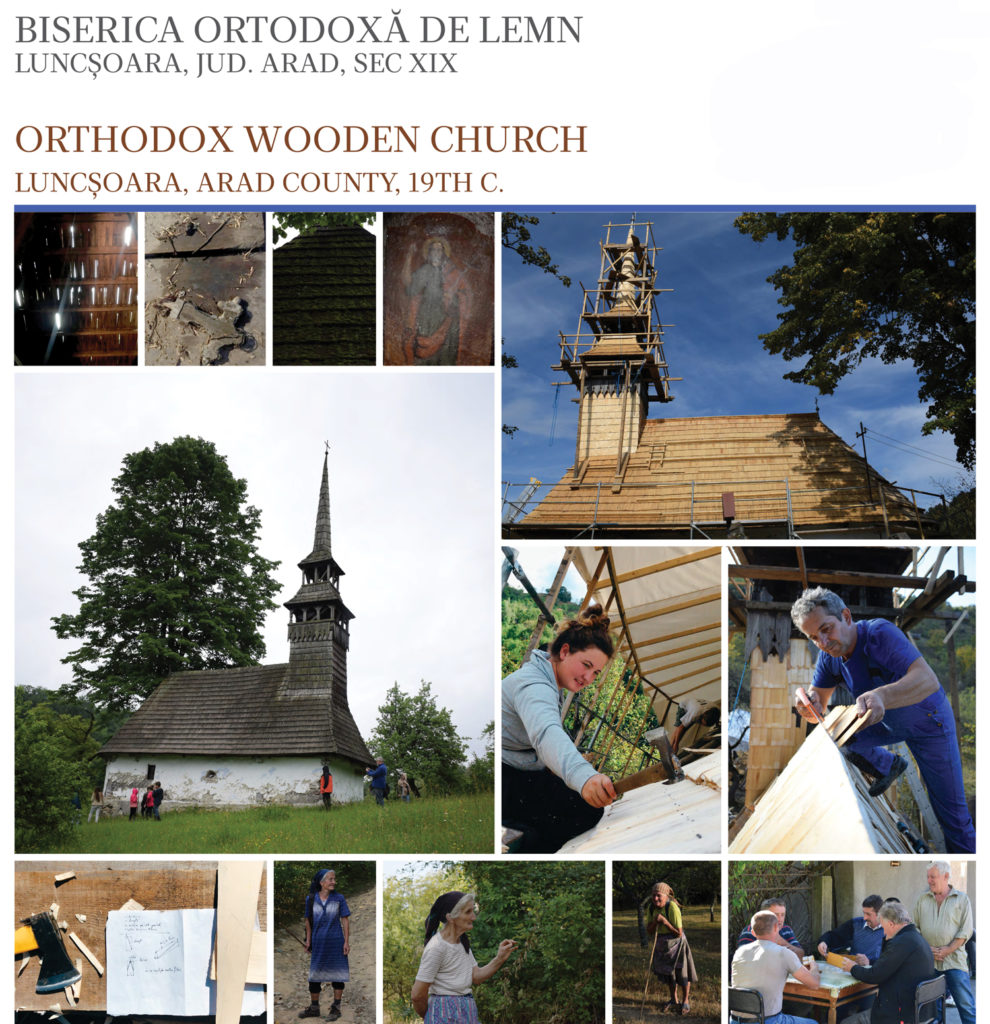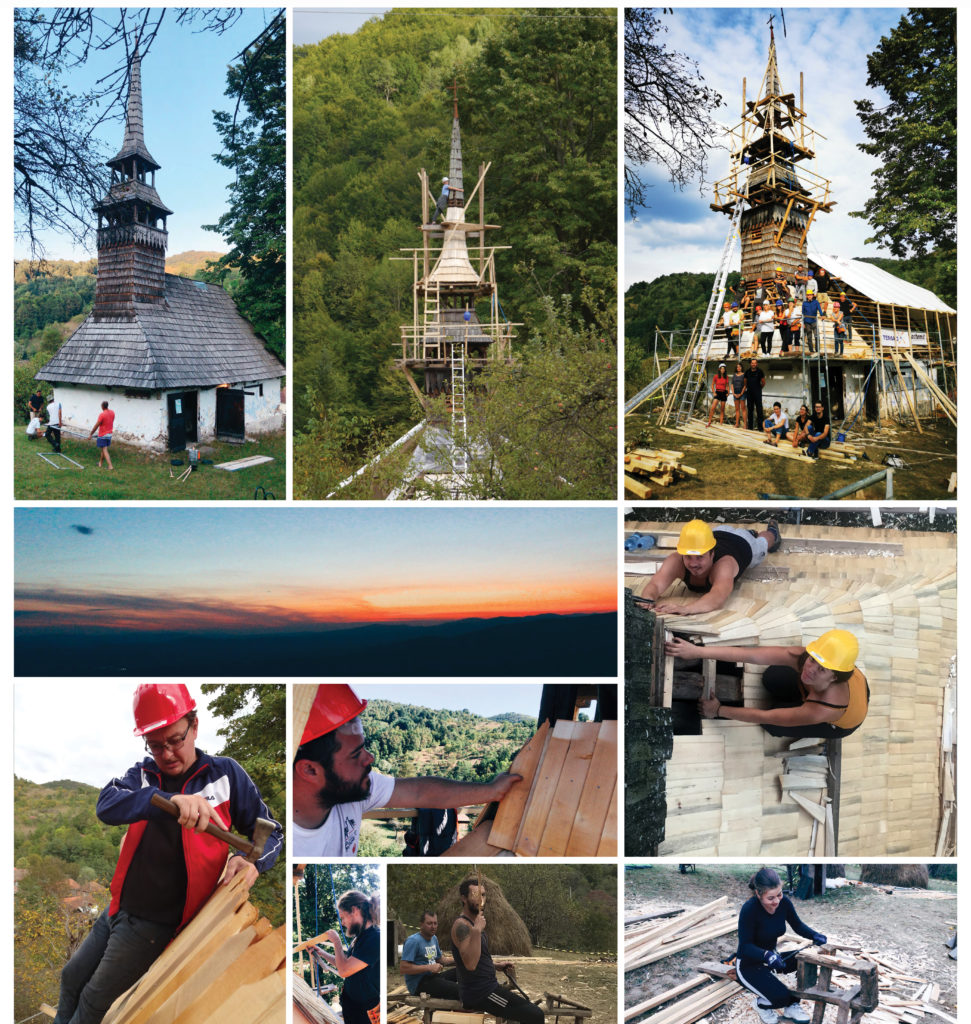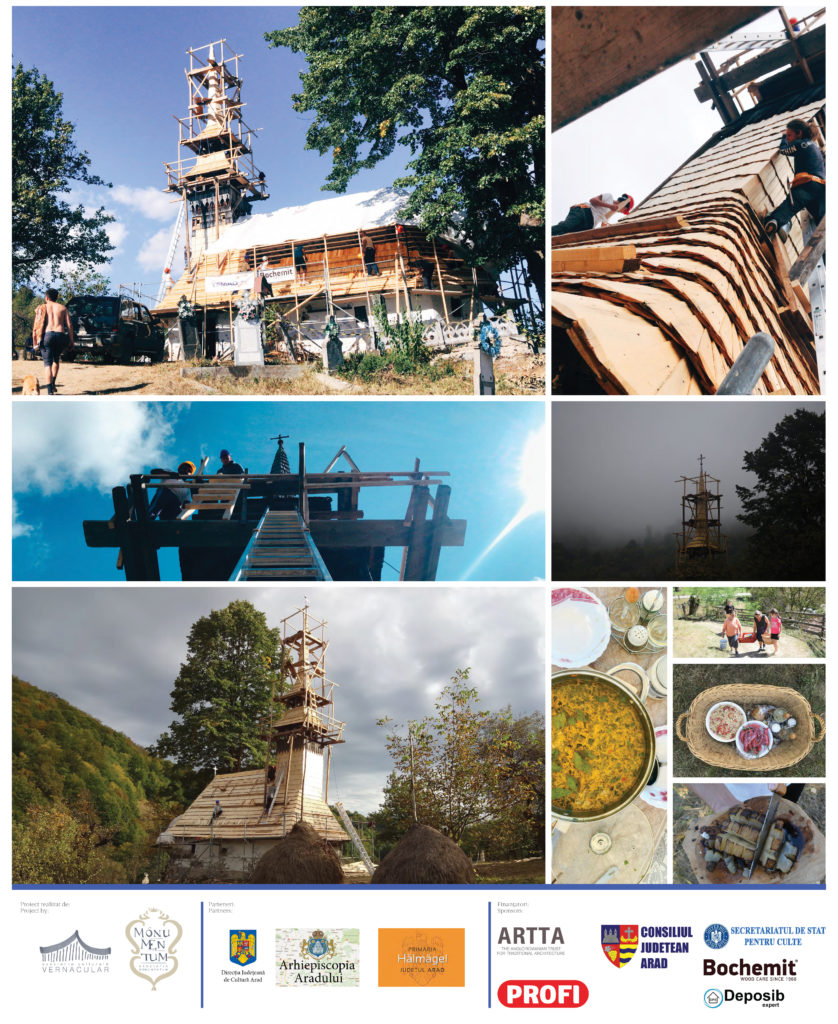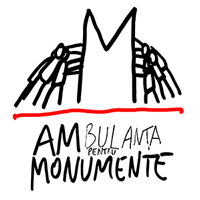


GENERAL PRESENTATION
Local tradition and the research conducted up to the present moment reveal that the church has been placed on its current location around 1825. Its
original location is still uncertain. Some say that it used to be in the hamlet Crăciunești, others say it is from Vața de Sus, both in Hunedoara County. The simple structure of the church is made of a rectangular nave, a polygonal three-sided apse on the east side and a nartex on the western side above which the high slender tower rises. The gazebo on the tower is unusual for the architecture in Arad County. Another unusual detail is the fact that both entrances are situated on the southern wall (one for the nartex, one for the nave). The painting which is only visible on the iconostasis and partially in the altar dates back to the end of the 19th century and was made by Ioan Demetrovici, ”city” painter (as referred to in historic documents).
He also painted other nearby churches, including the one in Vîjdoci, where an inscription from 1870 is still visible. Another inscription, from one of the wooden churches nearby, says that he comes from Timișoara. Both the interior and the exterior of the church in Luncșoara are plastered now.
According to historic evidence, this happened at the beginning of the 20th century. The family of the priest Viorel Cotocea says that the latest intervention on the church, when the shingle was replaced, happened in 1975.
THE STATE BEFORE THE INTERVENTION
Both the shingle roof of the church and of the impressive tower above the nartex were severely deteriorated, thus threatening the conservation of the historic monument and the paintings. Meteoric water would penetrate inside the church which would soon affect irreversibly its structural elements and decoration.
SAFETY INTERVENTION PROPOSAL
Following a preliminary evaluation of the church’s conservation state, the proposal consists of further documentation (including the extraction of
samples from the original materials), replacement of deteriorated wooden elements (the slats) and a new shingle roof, similar to the old one found on site.
ACCOMPLISHED INTERVENTIONS
The shingle roof was replaced with a new one, of the same wood essence and dimension as the one found on site. The shingle was nailed in two
layers with apparent nails. The shingle found on site used to be one-layered. However, it has been decided for a two-layered approach in order to
ensure durability. A sample for the original material was preserved in the attic of the church. The intervention was coordinated by the NGO Monumentum Association from Sibiu and The Cultural Association Vernacular from Arad and was co-financed by the County Council of Arad, the Orthodox Archbishopric of Arad, the National State Secretariat for religious Affairs and the local town government.
